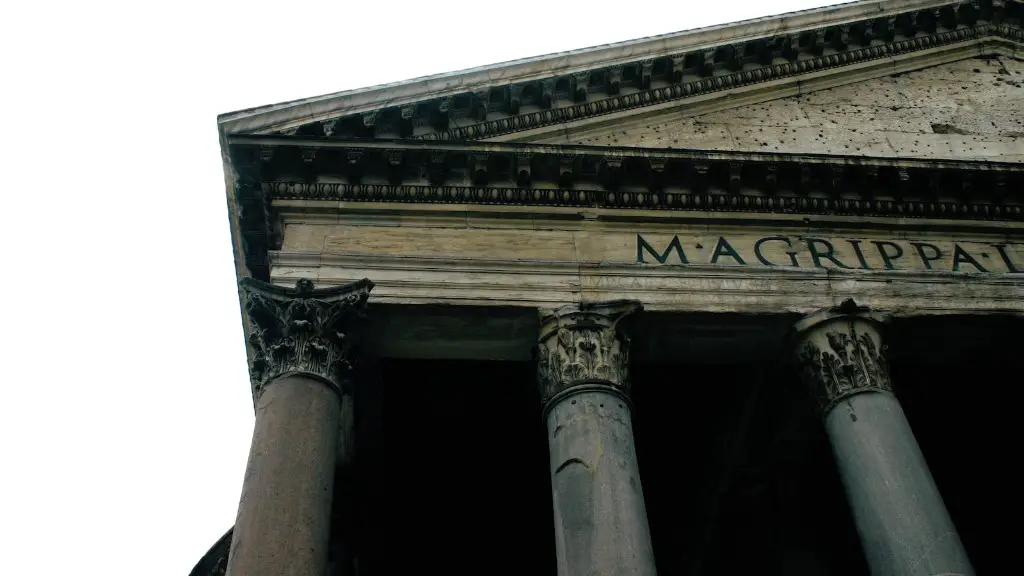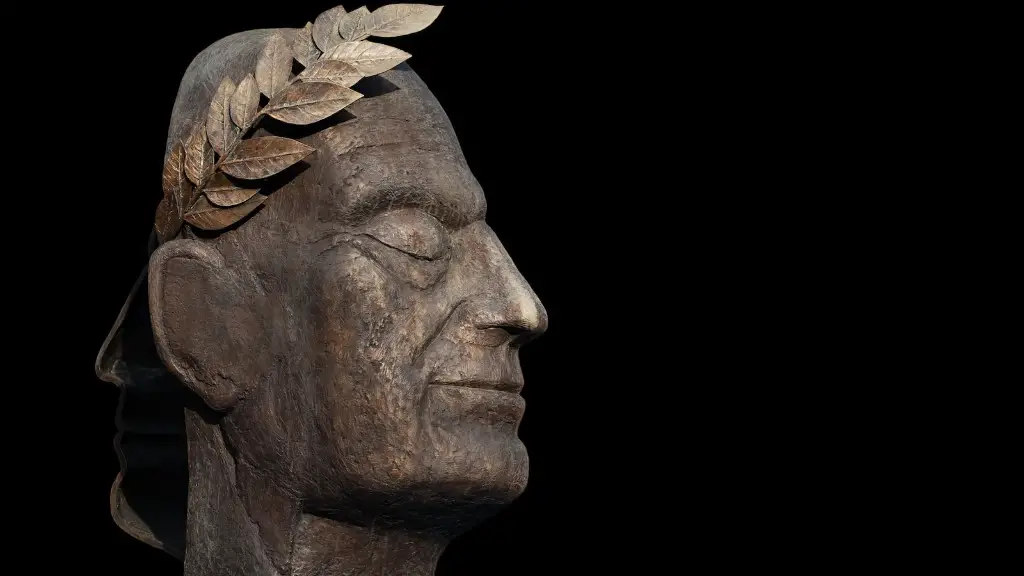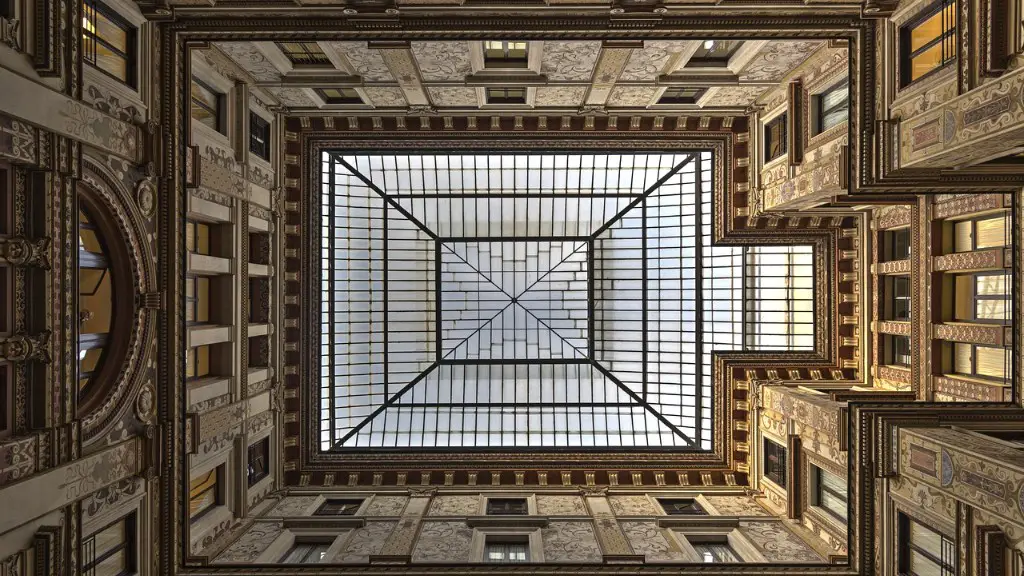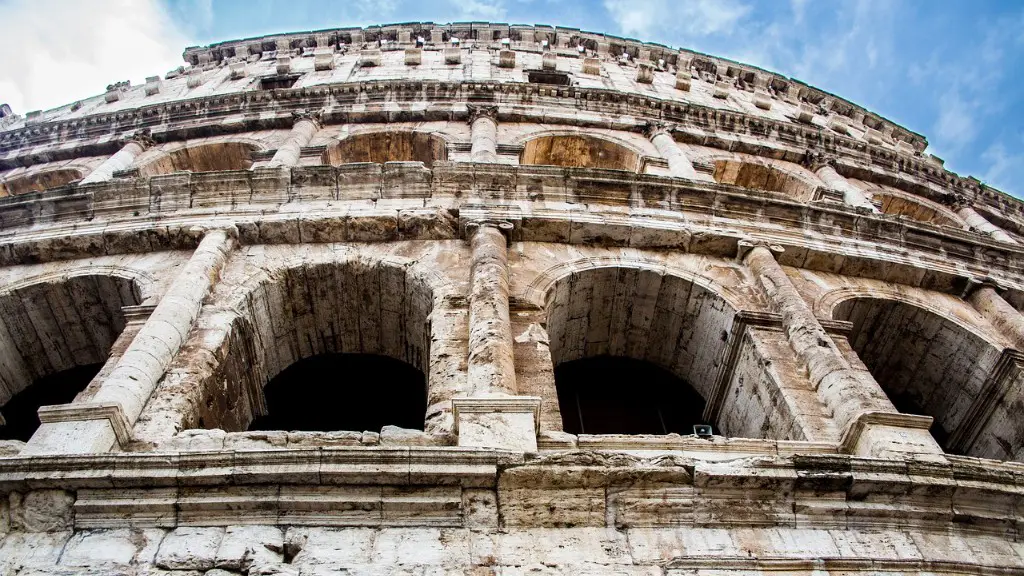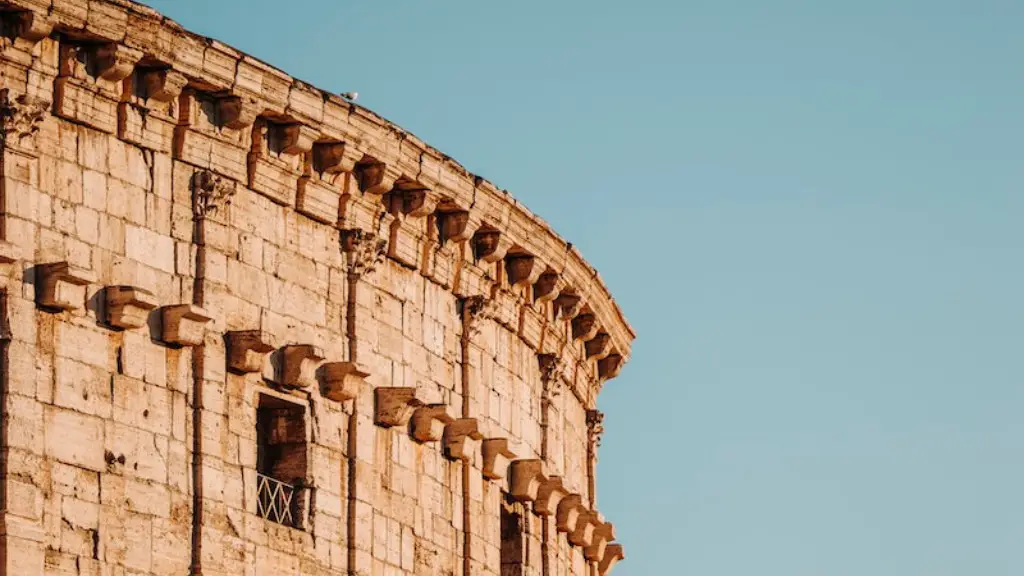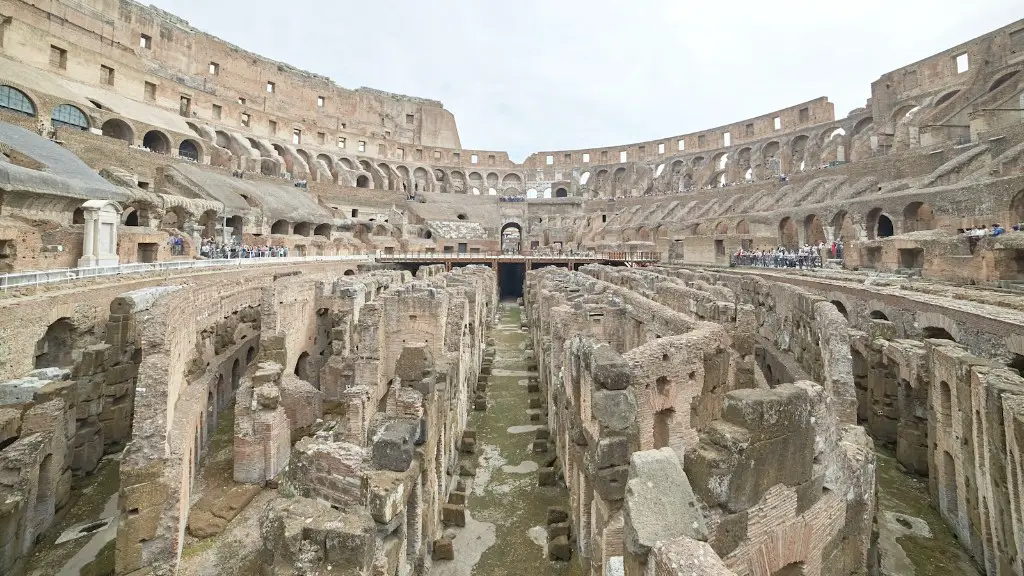There are many ancient cultures that have shaped the world as we know it today. One of the most powerful and well-known ancient civilizations is that of Rome. Rome was known for its grandiose architecture, its art, and its military prowess. Many people believe that ancient Rome is synonymous with Italy, but this is not necessarily the case. Rome was its own entity and while it was located in the general vicinity of what is now known as Italy, the two are not one and the same.
The simple answer is no. Rome is a city in Italy, but it was not founded as part of that country. Rome was founded as a separate city-state in central Italy. In a sense, Rome was its own country for many centuries, until it was eventually annexed by Italy in 1870.
Is ancient Rome and Italy the same thing?
The ancient Romans of the Italian Peninsula were geographically Italian. At that time, the Peninsula was already called Italy, but Italy was recognized as a place name, but it was not a political entity. The political unit was Rome, followed by the Roman Empire. So the citizens of the empire were called Romans.
The Italian peninsula is home to the city of Rome. Rome is situated on the Tiber River, approximately 15 miles inland from the Mediterranean Sea. As a result, the Romans had easy access to the sea and were somewhat protected from seaborne invasions. Additionally, Rome is located in the middle of the Italian peninsula, the boot-shaped landmass west of Greece.
What was Italy called in ancient Rome
Italia is the ancient name of the Italian Peninsula, which is also eponymous of the modern republic. Originally, the name only applied to the tip of the Italian boot, but during the Roman Empire, the name was extended to refer to the whole geographical region. Italy is a beautiful country with a rich history and culture. From the stunning scenery to the delicious food, there is something for everyone to enjoy.
The Roman Republic was not a nation-state in the modern sense, but a network of towns left to rule themselves (though with varying degrees of independence from the Roman Senate) and provinces administered by military commanders.
What is ancient Rome called today?
Today, the city of Rome is the capital of Italy, with around three million people. Visitors can still see many ancient Roman ruins, from the Colosseum to the Roman Forum, where much of ancient Roman politics took place.
Rome was founded as a Kingdom in 753 BC and became a republic in 509 BC, when the Roman monarchy was overthrown in favor of a government of the Senate and the People. The Roman Republic then unified Italy at the expense of the Etruscans, Celts, and Greek colonists of the peninsula. Rome became an empire in 27 BC under Augustus Caesar, the first Roman emperor. The Roman Empire reached its greatest extent under Trajan, who ruled from 98-117 AD. Christianity began to spread through Rome in the mid-1st century, and the Emperor Constantine granted official status to the religion in 313 AD. Rome fell to the Germanic Lombards in 753 AD, but was regained by the Franks under Charlemagne in 774 AD. The city became an imperial capital once again under the Holy Roman Emperor Otto I in 962 AD. Rome was sacked by the Visigoths in 410 AD and by the Vandals in 455 AD, but was recovered both times. The city was sacked by the Heruli in 455 AD, but was recovered by the Byzantine general Belisarius in 536 AD. Rome was sacked by the Lombards in 774 AD, but was recovered by the Franks under Charlemagne in 799
What nationality were Romans?
The early Romans were a part of the Latin homeland known as Latium. This meant that the early Romans were Latins themselves. This is an important distinction to make because it shows that the early Romans were not only a part of the Latin people, but were also the original people of Latium. This is an important fact to remember when thinking about the history of Rome.
Latin is the language that was spoken by the ancient Romans. As the Romans extended their empire throughout the Mediterranean, the Latin language spread. By the time of Julius Caesar, Latin was spoken in Italy, France, and Spain.
Is Ancient Rome in Greece
The Roman Kingdom (753–509 BC), Roman Republic (509–27 BC) and Roman Empire (27 BC–476 AD) were the three major phases of the ancient Roman civilization. The kingdom began as an Italic settlement, traditionally dated to 753 BC, beside the River Tiber in the Italian Peninsula. It expanded through conquest and alliances, becoming a major power in the Mediterranean by the 3rd century BC. The republic began with the overthrow of the last king of Rome in 509 BC, and lasted until the end of the Roman Empire in 476 AD. The empire reached its greatest extent under the rule of Trajan (98–117 AD), who ruled an area which extended from the Atlantic Ocean to the Indus River.
The Romans were an Italic people, specifically the Latins, who lived in central and southern Italy. They absorbed some of the traits of Greek culture which was present in southern Italy at the time. This is evident in their art, religion, and architecture. Roman culture also strongly influenced the development of modern European civilization.
Is Rome Italian or Greek?
Rome is one of the most beautiful and historic cities in the world. It is the capital of Italy and has a rich history dating back thousands of years. There are so many amazing things to see and do in Rome, from the ancient ruins of the Colosseum and the Vatican to the fabulous food and wine. If you’re planning a visit to Rome, make sure to allow plenty of time to explore all this wonderful city has to offer!
The Italian language is mainly derived from “vulgar” Latin, which is the language that was spoken by commoners and less educated citizens of ancient Rome.
Who owned Rome before Italy
The Etruscans were a powerful people who ruled much of Italy before the rise of Rome. They were skilled in art and architecture, and their culture had a major influence on the development of Rome. The Etruscans were eventually absorbed into the Roman Empire, but their legacy remains an important part of Italian history.
Romulus is an iconic figure in the history of Rome. He is traditionally credited with founding the city in 753 BC and is notorious for his role in the city’s founding myth. In addition to being the city’s founder, Romulus is also said to have been its first king. His legacy is complex and contested, but he remains an important figure in the city’s origin story.
What country did Ancient Rome take over?
The Roman Republic was one of the most powerful empires of its time. By 200 BC, it had conquered Italy and was expanding its territory into other areas of the world. Over the next two centuries, the Republic conquered Greece, Spain, North Africa, the Middle East, modern-day France, and even the remote island of Britain. In 27 BC, the Republic became an empire, which lasted for another 400 years. The Roman Empire was a major force in the world and had a profound impact on the development of Western civilization.
Invasions by Barbarian tribes were one of the major reasons for the fall of the Western Roman Empire. These groups were a constant threat to the Empire and Rome was not able to sustain the losses it incurred against them. The Empire had to take on too many enemies at once and ultimately could not defend itself against them all.
Does Roman Empire still exist
Although the Roman Empire no longer exists, its legacy can be seen in many modern countries. Some of these countries include Italy, France, Spain, Portugal, The United Kingdom, Romania, Greece, Egypt, Israel, Syria, Turkey, Lebanon and Tunisia. Rome, the capital of the Roman Empire, is still an influential city today.
The Romans were called “Romans” because they were the by far the largest and most influential group in the Italian peninsula during the time when Italy was not yet a unified country. Rome was the largest and most powerful city in the region and the Roman people had a strong sense of identity and patriotism. Even after Italy was unified in 1861, the Roman people continued to be called “Romans” in order to distinguish them from the other people of Italy.
Conclusion
No, ancient Rome is not in Italy.
There is no doubt that ancient Rome was one of the most influential and powerful empires of its time. Its impact on Western culture is undeniable. However, whether or not ancient Rome can be considered a part of present-day Italy is a matter of debate. Some argue that ancient Rome was its own entity and should not be lumped together with the Italy of today. Others argue that the Roman Empire was so influential in shaping what Italy is today that it is impossible to separate the two. Ultimately, whether or not ancient Rome is considered part of Italy is a matter of opinion.
